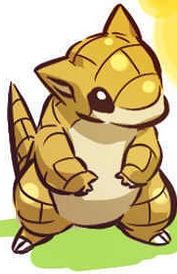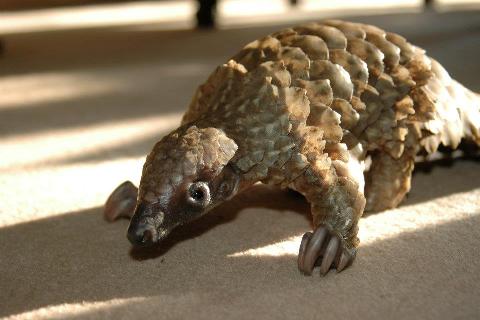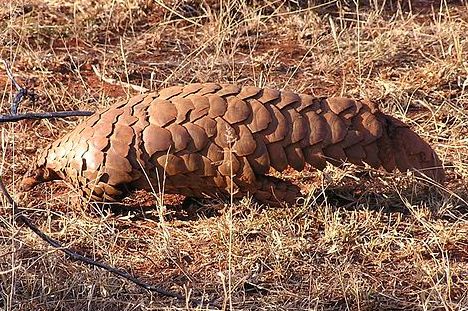Other Facts - Everything You Ever Wanted to
Know!
Pangolins are the only known mammals that possess keratinous scales.
Although they look a lot like anteaters or armadillos, pangolins are actually more closely related to mammals in the order Carnivora, such as cheetahs and giant pandas. The similarity of long snouts between the anteaters and pangolins probably occurred due to convergent evolution.
Sometimes, pangolins are called "walking artichokes" because their scales look like the leaves of an artichoke. See for yourself in the pictures below.
Pangolins use various hisses, grunts and snorts in order to communicate with each other.
The animals are usually between 33 and 40 pounds in weight and can live up to 20 years. Their tails can also be very long, growing in excess of 3 feet!
There are two Pokémon characters,
Sandshrew and Sandslash, that are based on pangolins and look a look a lot
like them.


Unlike Manis temminckii, other species of pangolins are able to climb quite well. However, all pangolin species are very good swimmers.
Pangolins have the most vertebrae in their tail of any vertebrate, with 46-47. This is amazing considering humans only have 33 vertebrae in our whole body!
Click here to see the references I used in this page and find more resources about pangolins!
Back to Homepage


